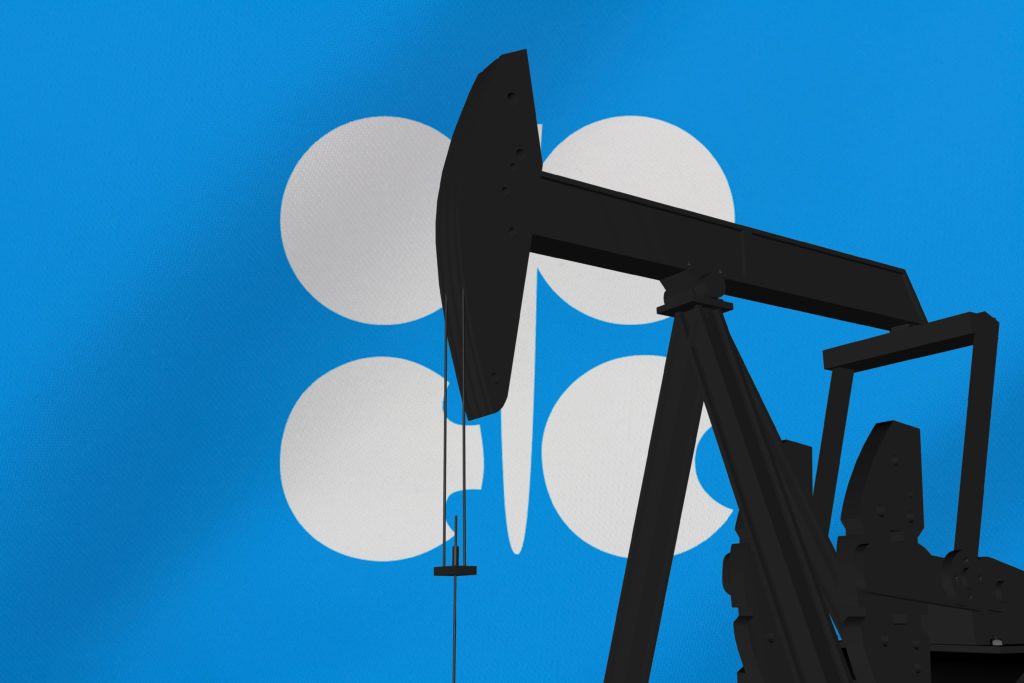NUR-SULTAN
Kazakhstan intends to increase oil production, steadily adding volumes each month as OPEC+ participants agreed on a further gradual rise in oil output earlier this month.
As the COVID-19 pandemic disrupted production as well as demand for oil, OPEC+, a group of the Organisation of the Petroleum Exporting Countries (OPEC) and allied producers of which Kazakhstan is a member, cut output by a little more than 7 million barrels per day (bpd) to support prices and reduce oversupply. Other former Soviet oil-producing countries, Russia and Azerbaijan, are also OPEC+ members.
In April 2021, members of the group agreed to ease cuts gradually by 350,000 bpd in May, another 350,000 bpd in June and around 450,000 bpd in July.
In July, OPEC+ ministers decided to increase total production from August by 400,000 bpd every month and later by another 400,000 bpd from October. It has been made amid a rising number of COVID-19 infections across the world and firm prices on oil markets.
The new deal agreed earlier this month envisaged a further increase by another 400,000 bpd “until the parties agree to lift the restrictions.” Kazakhstan, which has been advocating for increased production quotas, welcomed the decision to boost production levels.
“Following the meeting, it was decided to continue increasing the current level of production by OPEC+ countries by 400,000 bpd until the restrictions are completely lifted,” the Central Asian country’s Energy Ministry said.
The OPEC+ quota for Kazakhstan in December was set at 1.556 million bpd, and every month production will increase by an average of 16,000 bpd. The obligations in January 2022 will amount to 1.572 million bpd.
OPEC+ decided to continue to increase production by 400,000 bpd in January 2022 amid news of a possible drop in energy demand due to a new strain of the coronavirus known as Omicron. Experts say that OPEC+ believes that could potentially cause a reduction in demand for energy in the event of strengthening restrictive measures.
In October, Kazakhstan produced 1.598 million bpd of oil, 15 percent more than the country’s quota under the OPEC+ commitments.
Kazakhstan’s oil output was boosted by increases in production at its Tengiz and Kashagan oilfields, both of which completed planned maintenance in September, the industry sources told Reuters.
Tengiz output rose 31 percent from September to 649,000 bpd, while oil and condensate production at the Kashagan field was up 20 percent month-on-month at 404,247 bpd.
Most of Kazakhstan’s oil and condensate output comes from the Tengiz, Kashagan and Karachaganak oilfields.
The Tengiz field is operated by the Tengizchevroil, a consortium led by U.S. oil group Chevron. It also includes the U.S. Exxon Mobil, Russia’s LUKOIL and Kazakhstan’s state energy firm KazMunayGaz.
The Kashagan field is operated by an international consortium led by the North Caspian Operating Company. Other partners include Eni, Exxon Mobil, CNPC, Royal Dutch Shell, Total, Inpex and KazMunayGaz.
The Karachaganak gas condensate field in northwest Kazakhstan is jointly operated by Eni and Shell. Other shareholders in the project are KazMunayGaz, Chevron and LUKOIL.
Oil production in Kazakhstan in 2020 reached 85.7 million tonnes. In 2021, the Central Asian country plans to produce 86 million tonnes of crude.

